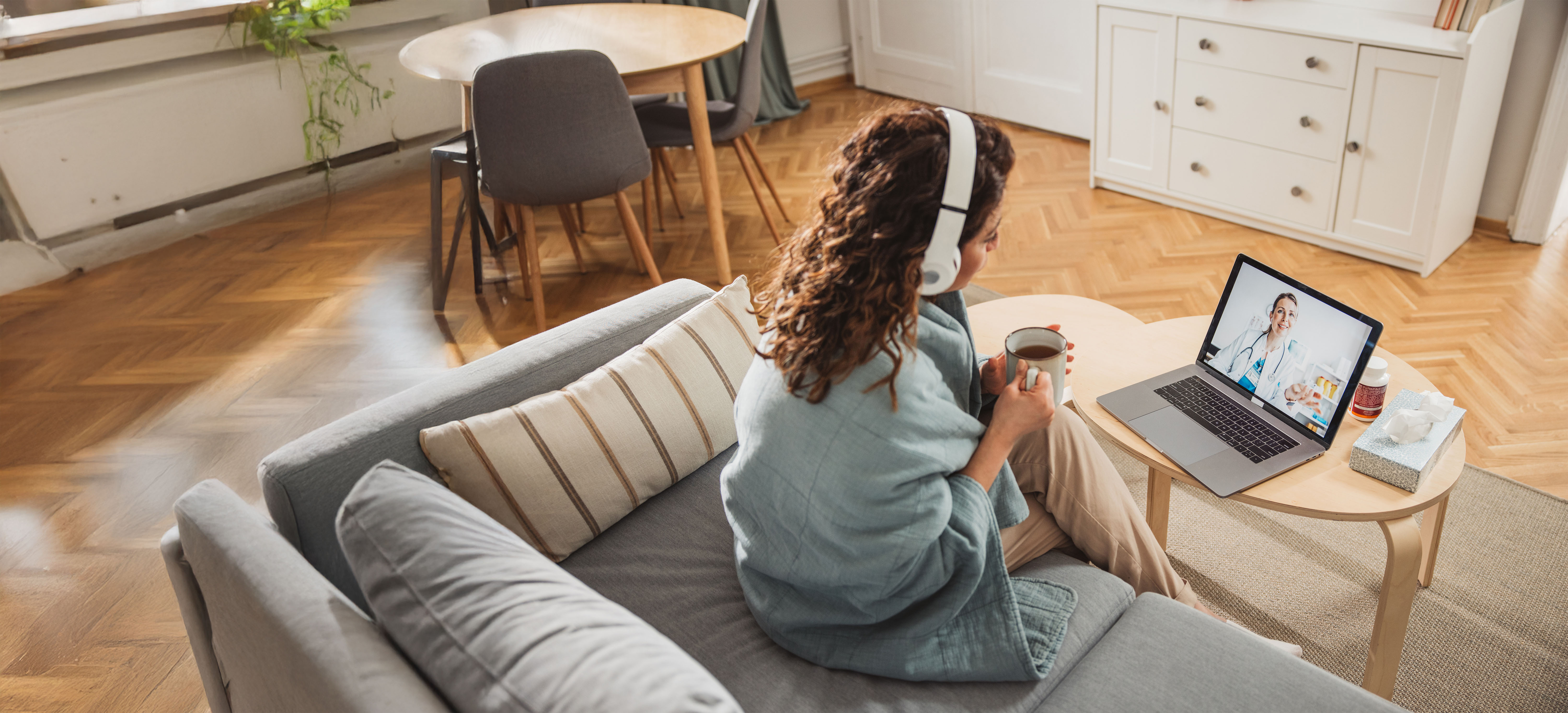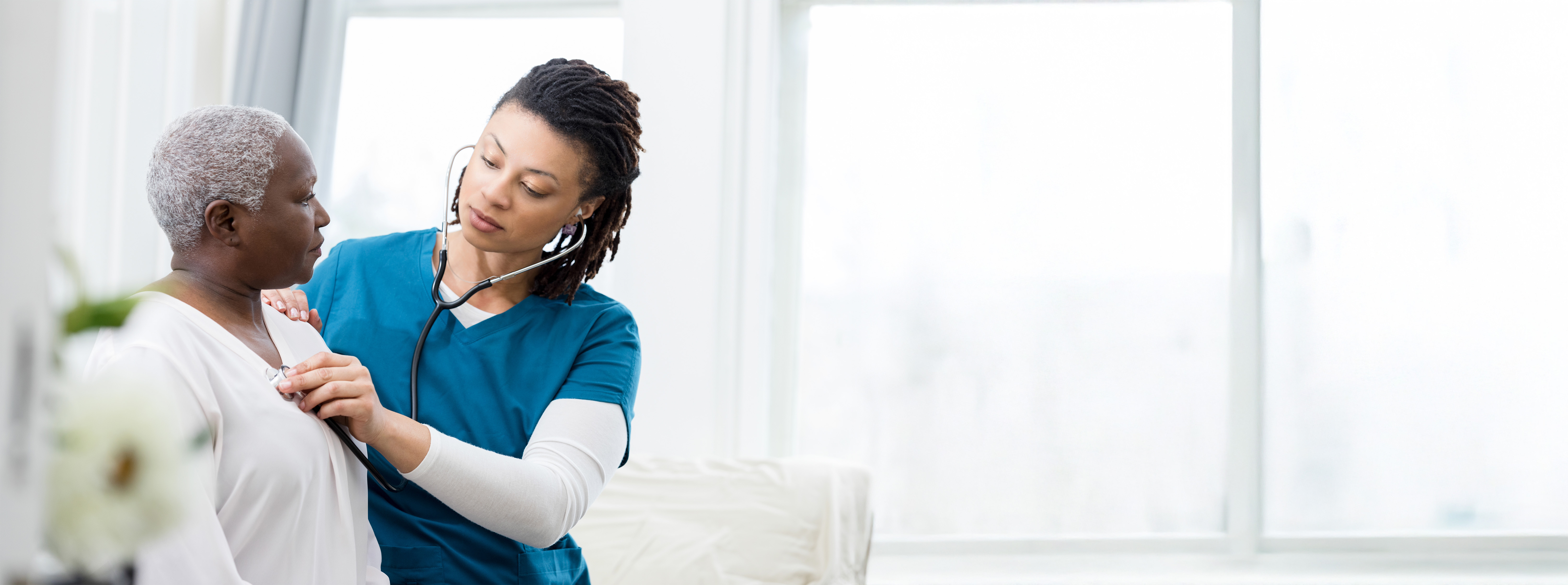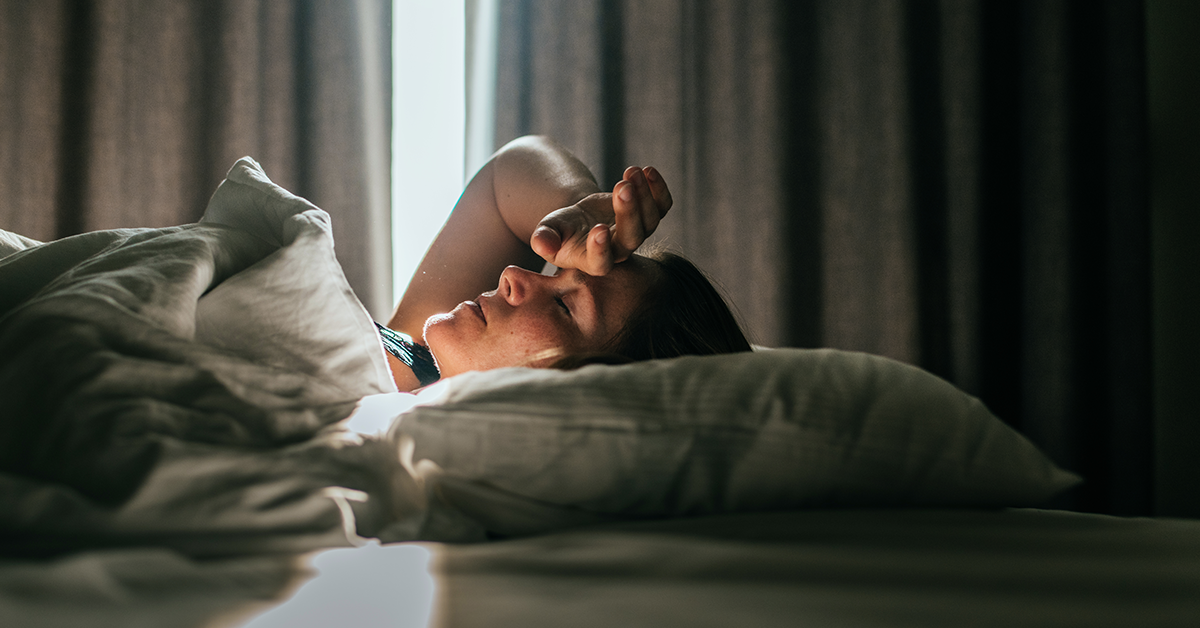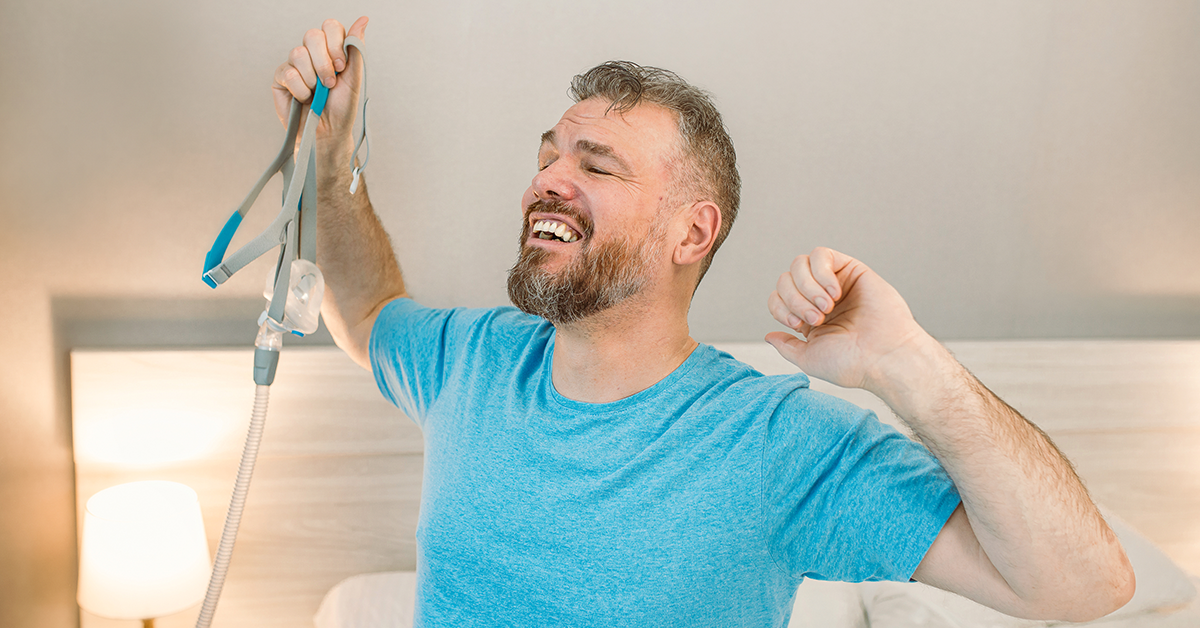It’s Essential to Keep Your CPAP Clean. Thankfully, It’s Easy Too.
More than 8 million Americans effectively treat their sleep apnea with a CPAP (continuous positive airway pressure) machine. That’s why CPAP machines are considered the “gold standard” for sleep apnea care.
But to ensure you get the most out of your treatment, it’s important to regularly clean your CPAP machine. This can help prevent the buildup of bacteria, mold, dust, and germs, which may cause such conditions as pneumonia or sinus infections.
Robert Miller, the Apria Healthcare VP of Sleep Business, states, “There is another advantage to keeping your CPAP machine clean: it helps keep your equipment working longer. And that can save you money.”
As a leader in CPAP therapy for the management of sleep apnea, Apria has created a simple guide to CPAP machine cleaning dos…and especially don’ts.
The Don’ts of Cleaning Your CPAP Machine
You may have seen ads from companies promoting at-home CPAP cleaning devices that use ozone gas to clean or disinfect your equipment.
However, the FDA warns against using such devices because they may release high levels of gases, which can lead to respiratory infections.
Recently, the FDA issued a recall of certain CPAP brands that were compromised by this at-home cleaning method.
So please remember: the FDA has not approved or cleared any at-home device using ozone gas to clean or disinfect your CPAP machine.
The Dos of Cleaning Your CPAP Machine
Cleaning your CPAP machine is relatively easy, especially when you do it routinely.
Before you disassemble or clean any part of your CPAP machine, make sure that it is unplugged from any power source. Never submerge your CPAP machine in water since that can ruin it and void any warranty you may have. And only reassemble when all the components have been washed and are completely dry.
Apria’s Robert Miller recommends that “because each CPAP brand is different, you should follow the manufacturer’s directions for cleaning.”
Here are some general recommendations for keeping your CPAP machine clean.
The cleaning supplies you’ll need
- Warm, clean water
- Mild soap (although don’t use harsh dish detergents, alcohol, bleach, strong-smelling products, scented oils, or antibacterial soaps)
- Clean, dry towels
- A sink, tub, or basin large enough to hold your hose or tubing
Also, reserve enough space to allow your equipment to dry.
How often to clean your CPAP machine
Most manufacturers and sleep experts recommend cleaning your CPAP machine daily—or at the very least weekly.
Ideally, the following components should be cleaned daily.
CPAP mask
Because your mask touches your face, bacteria and dead skin cells can collect on it. So it’s important to clean it daily to prevent infection. Plus, masks that aren’t regularly cleaned can lead to leaks, which can cause skin or eye irritation and hamper the success of your therapy.
Your mask has three parts: the cushion, headgear, and frame. Each should be removed and washed in mild soapy water and rinsed thoroughly. Then let them completely air dry—preferably in a low-dust space.
To disinfect the cushion weekly, you may also want to soak it in a mixture of water and vinegar for 20 minutes, then rinse with distilled water.
Want to extend the life of your mask? Wash your face before you put on your mask. Lotions and makeup can affect the integrity of the silicone used to produce masks.
Ideally, the following components should be cleaned weekly.
CPAP filters
Depending on your CPAP machine, it may have both reusable filters and disposable filters.
Reusable filters should be washed at least once a week, depending on how much pollen, dander, and dust they attract. Regularly cleaning them prevents harmful particles from entering your CPAP machine.
To clean, rinse the filters under warm water, squeeze out excess water, then dry with a clean towel. Let them air dry before putting them back in your CPAP.
Disposable filters should be replaced regularly according to the manufacturer’s instructions.
CPAP tubing
Wash with mild soap and warm water. Be sure to clean the inside of the tubing by submerging it under water. Then rinse and hang to dry.
Don’t use bleach or scented products, which can break down tubing material and release unhealthy vapors into your CPAP. Also, depending on the manufacturer, tubing should be replaced every 3 months.
CPAP humidifier
Wash the humidifier's water chamber with hot water and mild soap and allow it to air dry.
You can also sanitize your humidifier by filling it with a solution of equal parts white vinegar and warm water and letting it sit for 20 minutes. Then rinse.
Time to Come Clean with Your CPAP Machine
Robert Miller sums up: “Reduce the risk of infection. Extend the life of your equipment. And enhance the quality of your sleep apnea therapy. You can achieve all that by simply following these simple guidelines for cleaning your CPAP machine.”
Speak to a sleep coach
We’re here to help you manage your sleep apnea. To speak directly to a live sleep coach, call 877-255-2426 or visit www.apria.com/services/sleep-apnea.
Apria Supplies on Schedule program
See how easy it is to receive your sleep apnea supplies by enrolling in Apria’s opt-in program. Learn more now!
References
1. Shoen, S. (Updated 2021, July1). FDA Warns Against Certain At-Home Cleaners for Your CPAP Machine. Sleep Foundation.
https://www.sleepfoundation.org/sleep-news/fda-warns-against-cpap-cleaners.
2. CPAP Machine Cleaning: Ozone, UV Light Products Are Not FDA Approved. FDA. https://www.fda.gov/consumers/consumer-updates/cpap-machine-cleaning-ozone-uv-light-products-are-not-fda-approved.
3. Fountain, L. (Updated 2022, July19). How to Clean a CPAP Machine. Sleep Foundation. https://www.sleepfoundation.org/cpap/how-to-clean-a-cpap-machine.
4. Peters, Brandon. (Updated 2021, September 12). CPAP Cleaning Tips: A Step-By-Step Maintenance Guide. VeryWell Health. https://www.verywellhealth.com/how-to-clean-cpap-3015322.
LEGAL DISCLAIMER: Material in this newsletter is provided for general health education and informational purposes and to provide references to other resources only; it may not apply to you as an individual. While Apria Healthcare believes that the information provided through this communication is accurate and reliable, Apria Healthcare cannot and does not make any such guarantee. It is not intended to be a replacement for professional medical advice, evaluation, diagnosis, services or treatment (collectively, “medical treatment”). Please see your healthcare provider for medical treatment related to you and your specific health condition(s). Never disregard medical advice or delay seeking medical care because of something you have read on or accessed through this website. Reading this newsletter should not be construed to mean that you have a healthcare provider/patient relationship.

.png)



